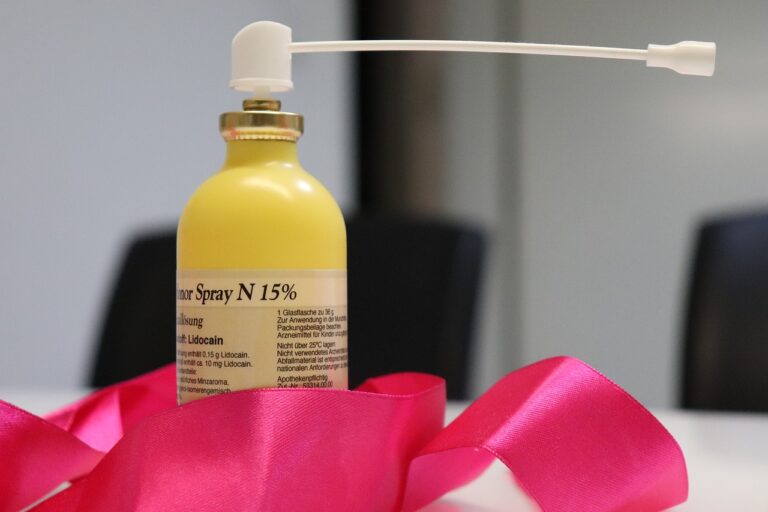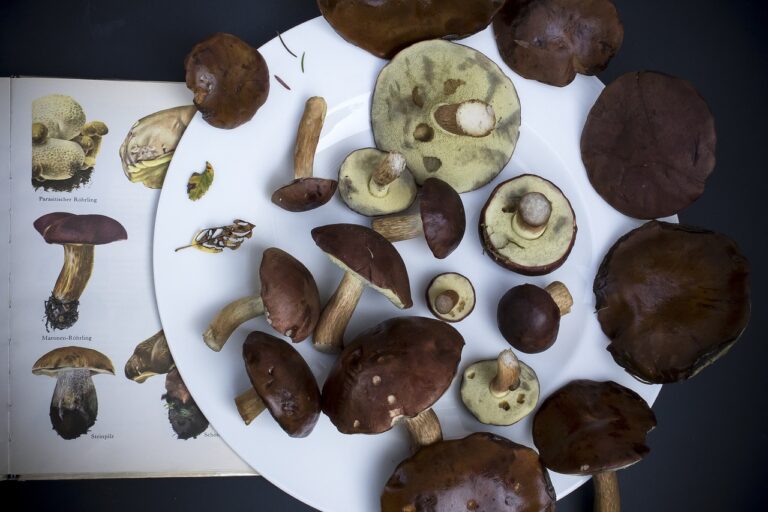Exploring the Use of Lab-Grown Pancreas Tissue for Diabetes Research: Gold bet 7, Radhe exchange, 11xplay.online
gold bet 7, Radhe Exchange, 11xplay.online: Exploring the Use of Lab-Grown Pancreas Tissue for Diabetes Research
Are you aware of the groundbreaking research being done in the field of diabetes treatment? Scientists have been working tirelessly to find new ways to manage and potentially cure this chronic disease that affects millions of people worldwide. One of the most exciting developments in recent years is the use of lab-grown pancreas tissue for diabetes research.
What is lab-grown pancreas tissue?
Lab-grown pancreas tissue refers to pancreatic cells that are grown in a laboratory setting. These cells are created using stem cells, which have the ability to differentiate into various cell types, including insulin-producing beta cells. By growing these cells in a controlled environment, researchers can study their behavior and function, ultimately leading to a better understanding of diabetes and potential new treatment options.
How is lab-grown pancreas tissue used in diabetes research?
One of the primary goals of using lab-grown pancreas tissue in diabetes research is to develop new therapies for type 1 diabetes, which is characterized by a lack of insulin-producing beta cells. By studying how these cells function and interact with other cells in the pancreas, researchers hope to better understand the mechanisms underlying the disease and develop ways to regenerate or replace damaged beta cells.
Additionally, lab-grown pancreas tissue can be used to test the efficacy and safety of new diabetes drugs. By growing pancreatic cells in the lab and exposing them to different compounds, researchers can determine how these drugs affect insulin production and glucose metabolism, helping to identify potential treatments for diabetes.
What are the benefits of using lab-grown pancreas tissue for diabetes research?
There are several benefits to using lab-grown pancreas tissue for diabetes research. For one, this approach allows researchers to study pancreatic cells in a controlled environment, free from the complexities of the human body. This enables them to make precise observations and measurements, leading to a better understanding of how these cells function.
Additionally, lab-grown pancreas tissue provides a limitless supply of cells for research purposes. This means that researchers can conduct experiments without worrying about running out of cells, allowing for more extensive and thorough studies.
FAQs
1. Can lab-grown pancreas tissue be used to cure diabetes?
While lab-grown pancreas tissue shows promise for advancing diabetes research, it is not a cure for the disease. However, this research could lead to new therapies that improve the management of diabetes and potentially even lead to a cure in the future.
2. How far along is the research on lab-grown pancreas tissue?
Research on lab-grown pancreas tissue is still in the early stages. However, advancements in stem cell technology and tissue engineering are bringing us closer to understanding and treating diabetes more effectively.
In conclusion, the use of lab-grown pancreas tissue for diabetes research holds great promise for improving our understanding of the disease and developing new treatments. By studying pancreatic cells in a controlled setting, researchers can gain valuable insights into diabetes and work towards finding a cure. Stay tuned for more exciting developments in this field!







